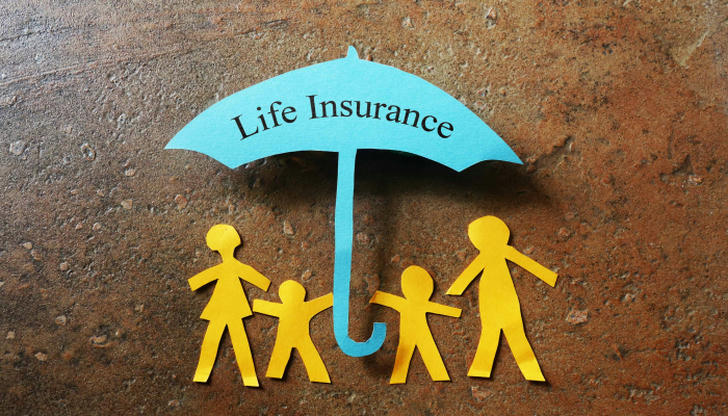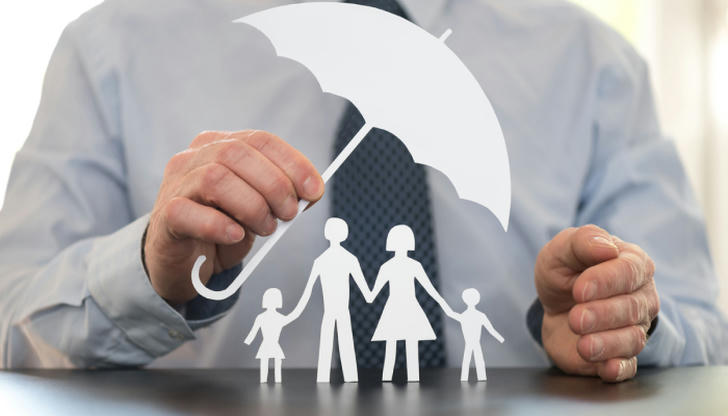Free life insurance: Bringing hope for future protection
Life insurance is a financial tool that provides financial protection for family members. Its main function is to pay a sum of insurance money to the beneficiary when the insured dies to help maintain their living standards. However, many people often cannot afford the expensive premiums due to financial reasons, which puts them and their families at risk of being unable to effectively cope with sudden disasters. In response to this situation, many countries and regions have introduced free life insurance, a social security program. Free life insurance provides basic death protection for low-income families, which not only provides financial security for family members, but also brings hope to vulnerable groups in society.
This article will explore in detail the concept, implementation status, challenges and future prospects of free life insurance to help readers fully understand this security policy.

What is free life insurance?
Free life insurance, as the name suggests, is a form of insurance that waives premiums and is designed to provide basic death protection for specific groups of people. Unlike traditional life insurance, the premiums for free life insurance are paid by the government or social security agencies, rather than by the insured. The main purpose of this type of insurance is to provide protection for families in financial difficulties by providing death benefits, ensuring that even in the most difficult times, the family can be provided with minimum financial support.
Free life insurance is usually designed for low-income, unemployed, homeless, elderly and other groups. Through this insurance, the beneficiary can get a certain amount of financial compensation after the death of the insured to make up for the loss of family income and help them through financial difficulties.

The importance of free life insurance
1. Ensure family financial security
For most people, uncertainty in life is everywhere. Sudden illness or accident may cause a family to lose its main source of income. At this time, if there is not enough savings or insurance protection, family members may face the dilemma of being unable to make a living. Free life insurance provides protection for this risk.
Free life insurance provides a basic economic support system for the family, ensuring that when the main source of income suddenly disappears, family members can get a certain amount of financial protection and maintain their living standards. This not only helps to reduce the financial burden after the loss of a loved one, but also provides family members with a stable life guarantee to prevent them from falling into financial difficulties in grief.
2. Provide spiritual comfort
Life insurance is not only a tool for economic protection, but also an emotional support. In many families, the dual pressures of financial burden and loss of loved ones may make surviving family members feel unbearable. Free life insurance can give them some comfort and stability at this moment, so that they no longer have additional financial troubles when facing the great pain of losing loved ones.
The existence of free life insurance allows family members to focus on dealing with the emotional problems of losing loved ones without having to worry about the continued payment of living expenses. This protection helps survivors better resume their daily lives and provides them with time to adapt to the psychological challenges of losing loved ones.
3. Promote social equity
Free life insurance is an important part of the social security system, which reflects the government's care for vulnerable groups. Many families cannot afford expensive commercial life insurance due to economic pressure, but this should not be a reason for them to not be protected. Free life insurance ensures that everyone can provide certain protection for their families in the event of death through the support of public funds. This embodiment of social responsibility promotes social equity and promotes social stability and harmony.

The current status of free life insurance implementation
1. Social security life insurance in the UK
In the UK, the government provides certain death protection for economically disadvantaged groups through the national insurance plan. This insurance plan is called "State Funeral Payment", which provides basic funeral expenses for family members. Although this plan does not fully cover all death-related expenses, it provides a financial support for low-income groups.
Although the UK's national death compensation policy does not include all death compensation, it provides a basic guarantee for families in difficulty and reduces their financial burden. In addition, the UK also has a social security measure that allows unemployed people to obtain partial subsidies for life insurance under certain conditions, which provides certain death protection for the unemployed.
2. Canada's social welfare plan
Canada is one of the countries with a relatively sound welfare system in the world. In Canada, low-income families can enjoy certain free or low-cost life insurance protection through social welfare plans. The Canadian government provides basic death protection for groups such as the homeless and low-income elderly through a series of social security measures. These insurance policies are designed to ensure that every Canadian can leave enough financial support for their family after death, so that the family will not fall into poverty due to death.
3. Public welfare life insurance in the United States
Although the United States does not have a national free life insurance system, many state and local governments provide free death insurance for low-income families. For example, some states provide low-income residents with minimum standard death insurance and manage these benefits through social service agencies. Non-profit organizations and charities in the United States also provide similar insurance protection to help vulnerable groups overcome difficulties.
Although the United States does not have a unified national free life insurance system, many low-income groups can still obtain minimum protection through the efforts of public welfare organizations and state governments.

Challenges facing free life insurance
1. Funding issues
Although free life insurance has been promoted in many countries and regions, it faces the challenge of insufficient funds. Providing free insurance requires a lot of financial support, and many countries may not be able to provide sufficient funds for this protection during economic difficulties. Especially in economic recessions, social welfare policies may be cut, making the problem of funding sources for life insurance more serious.
2. Limited scope of benefits
Many free life insurance policies only cover a part of the group, such as low-income families, homeless people or unemployed people. This makes some middle-income families still face the risk of no insurance protection. In order to benefit more people, the government needs to expand the coverage of life insurance and ensure that more people in need can get basic protection.
3. The insurance amount is too low
Many free life insurance policies have low insurance amounts and may not meet the long-term living needs of the family. Although these insurances can pay for basic funeral expenses, for some families, the insurance amount is often not enough to support the family to continue to maintain the existing living standards after losing their loved ones. Therefore, how to balance the insurance amount and premium costs and provide sufficient protection has become a challenge for governments.

Future prospects of free life insurance
1. Expand coverage
In the future, the coverage of free life insurance may gradually expand, especially in developing countries and poor areas. With the improvement of the social welfare system, more low-income groups will be able to benefit from free life insurance. The government can achieve this goal by strengthening social welfare policies and strengthening cooperation with public welfare organizations.
2. Improve insurance schemes
In order to better meet the actual needs of families, free life insurance schemes may be improved. For example, the government can increase the insurance amount to ensure that families can get enough financial support after losing their loved ones. At the same time, insurance companies and non-profit organizations may also launch more flexible insurance products to provide personalized protection options to meet the needs of different groups.
3. Increase capital investment
The sustainability of free life insurance depends on sufficient financial support. The government can ensure the implementation of this policy through diversified sources of funds. For example, by increasing taxes, setting up special social insurance funds, and cooperating with civil society organizations, more funds can be used to protect this policy.
Conclusion
As a social security tool, free life insurance provides low-income families and vulnerable groups with the necessary financial support after the death of their loved ones. It not only helps families reduce their financial burden, but also contributes to social fairness and stability. However, the implementation of free life insurance still faces many challenges, including sources of funds, scope of benefits, and insurance amount. With the continuous improvement of the social welfare system and the innovation of fund-raising methods, free life insurance is expected to provide protection for more families in the future, so that each family will no longer be isolated and helpless when facing the inevitable reality of death.
